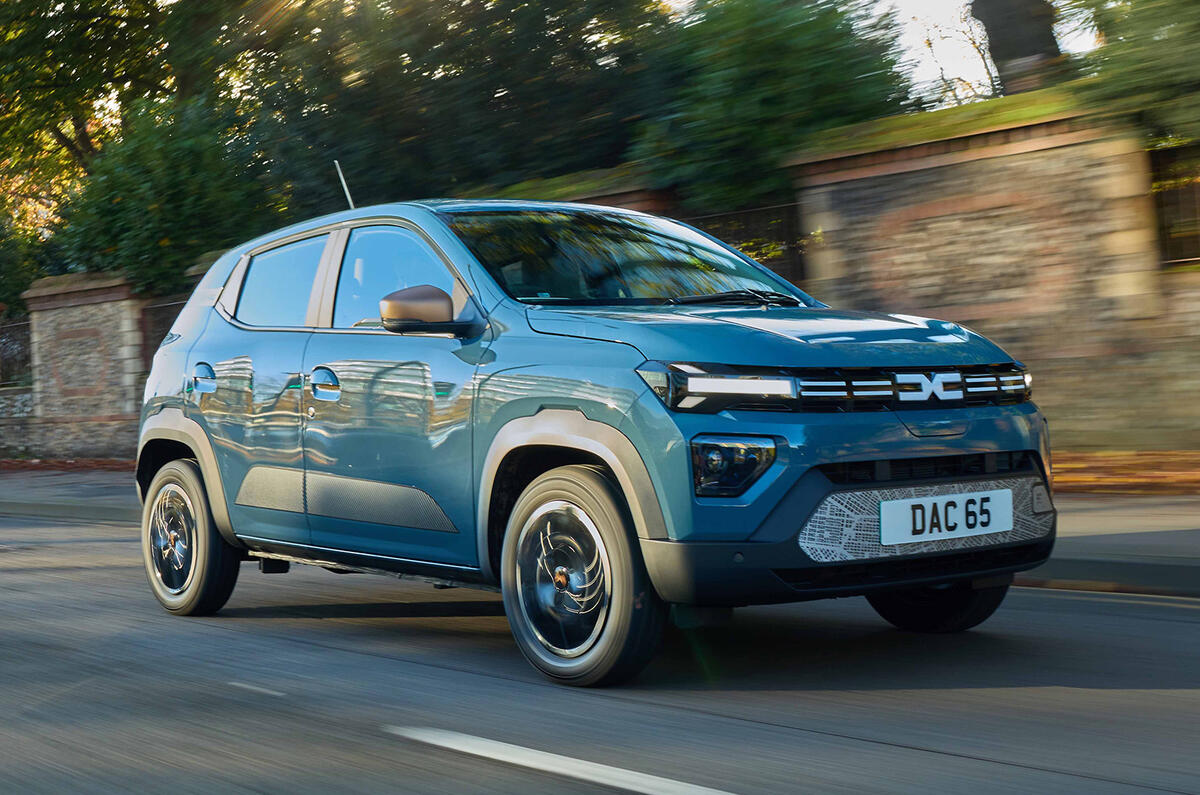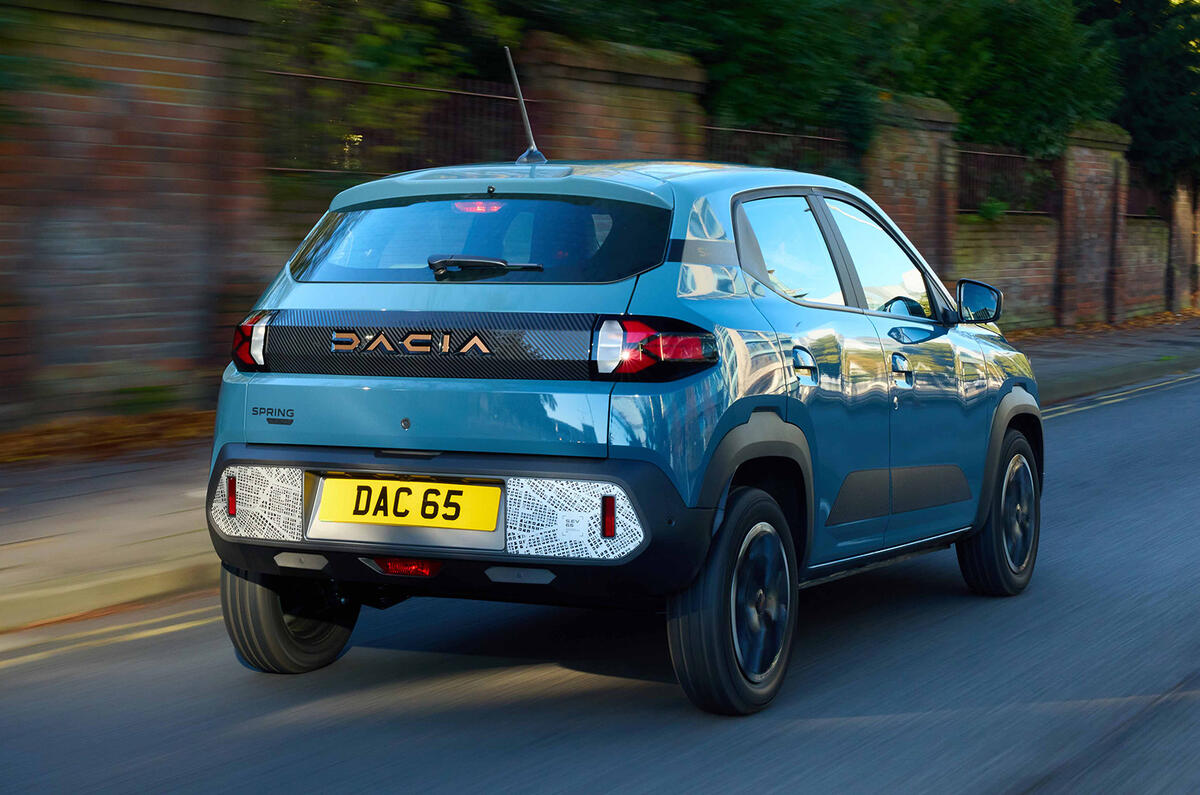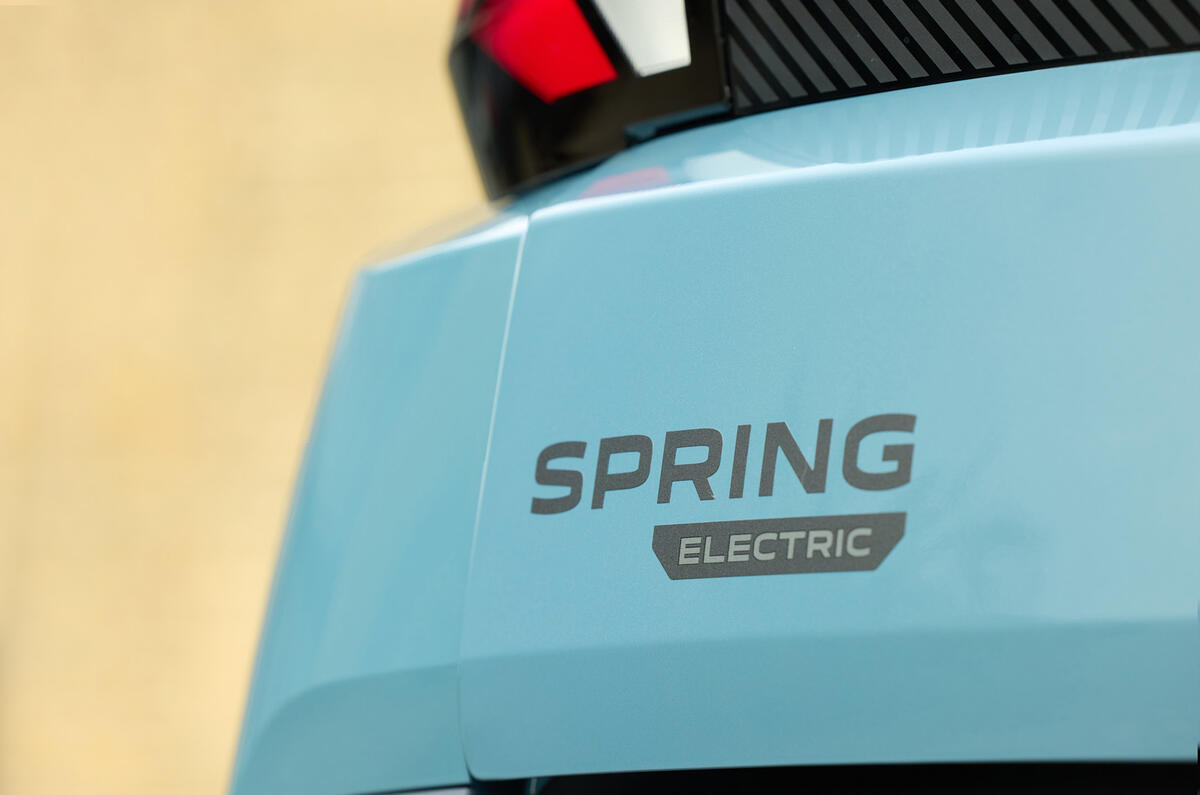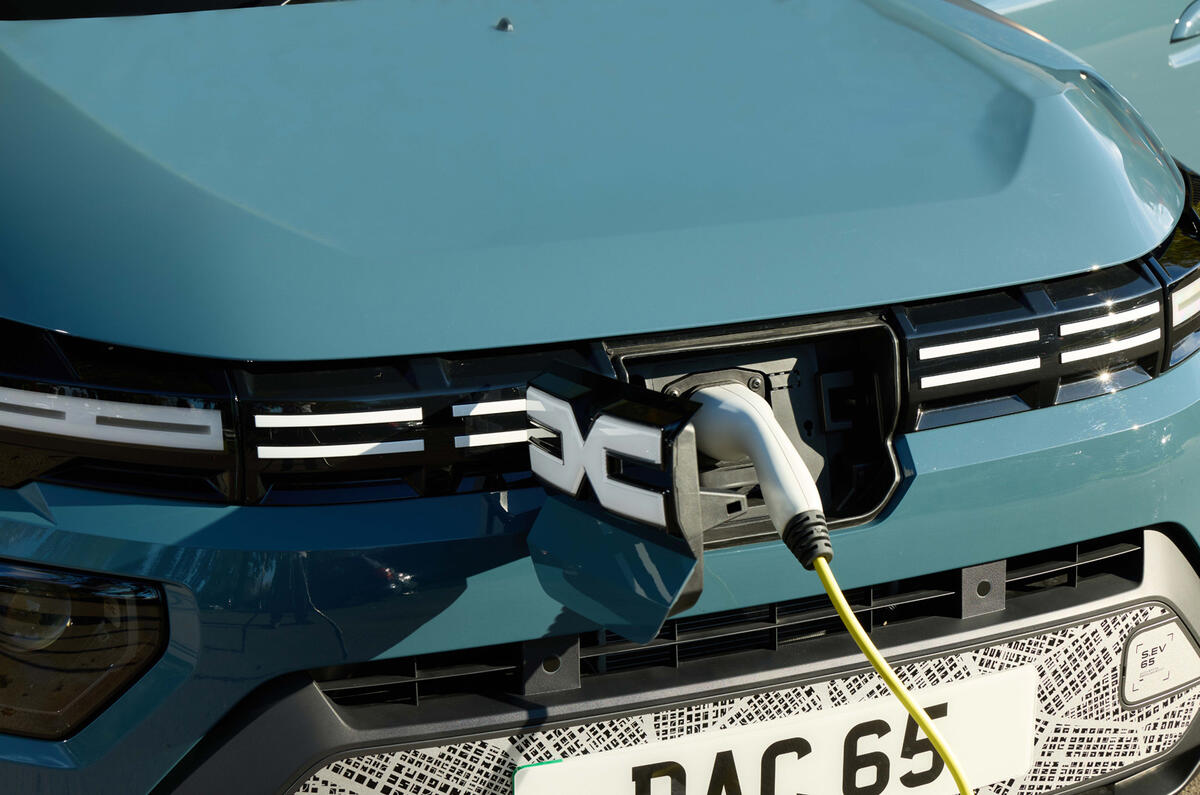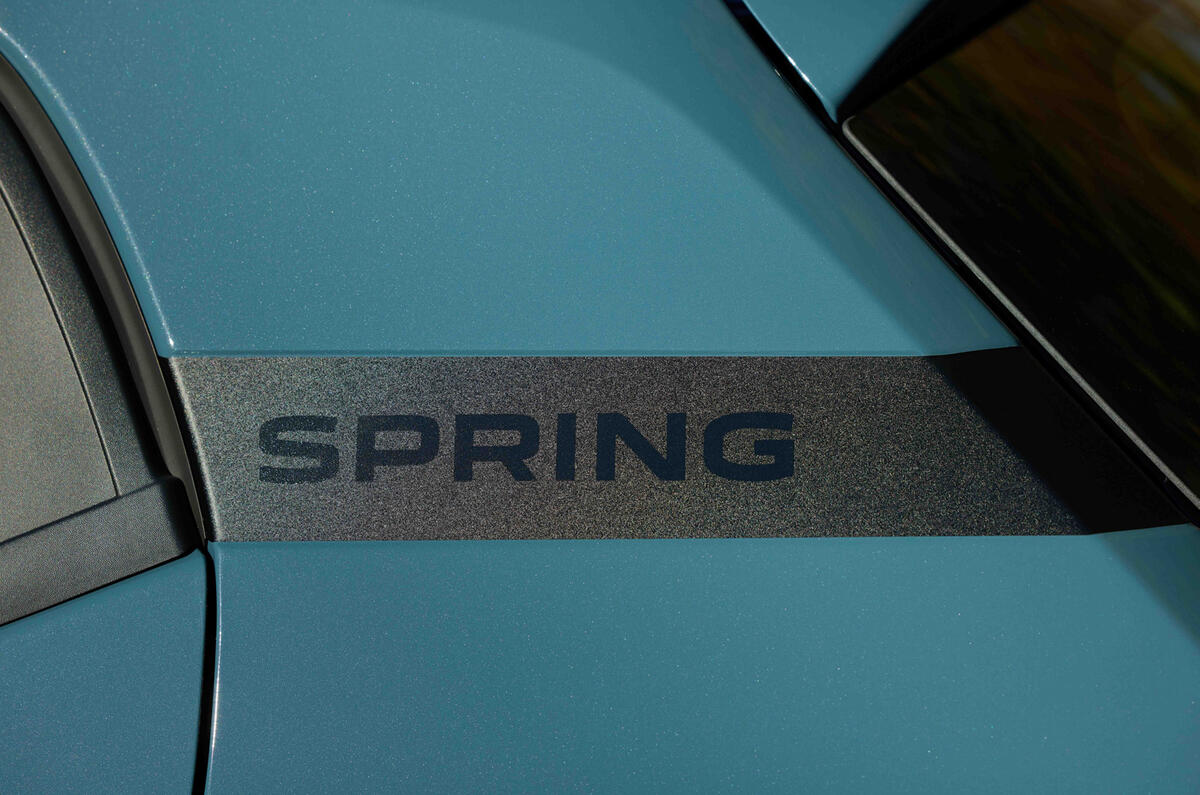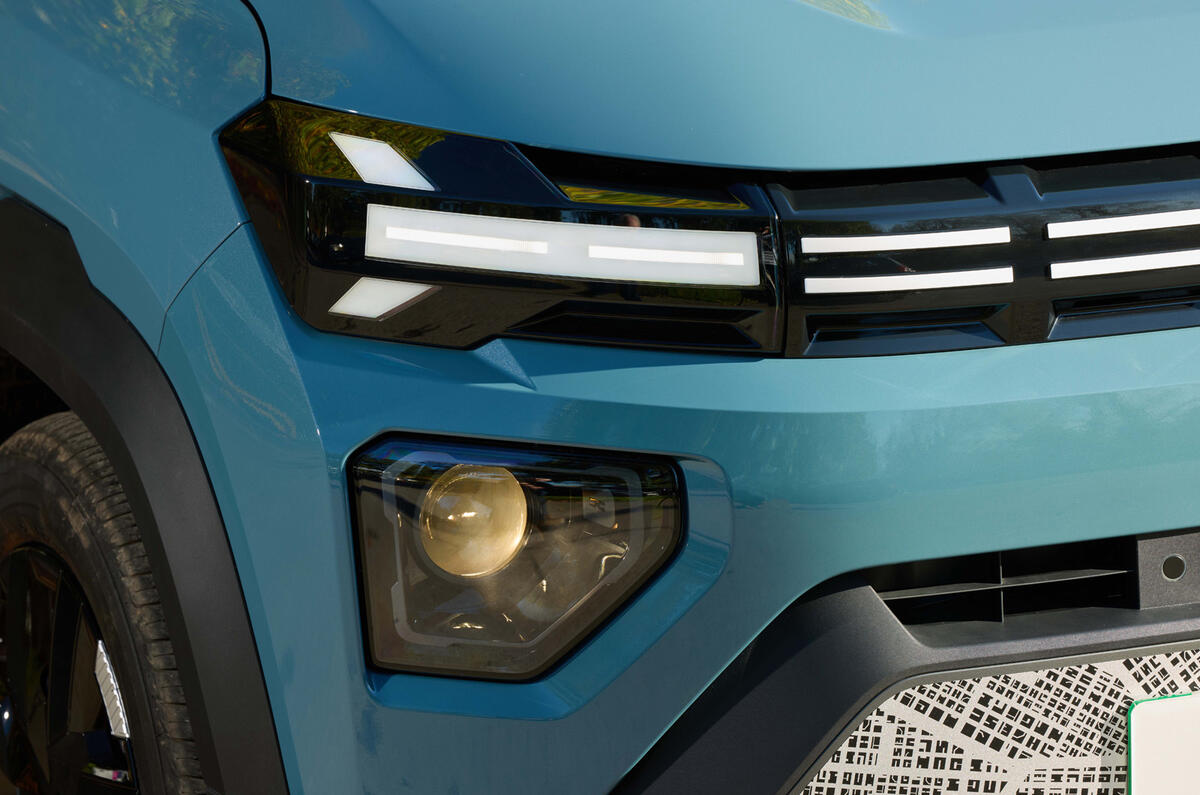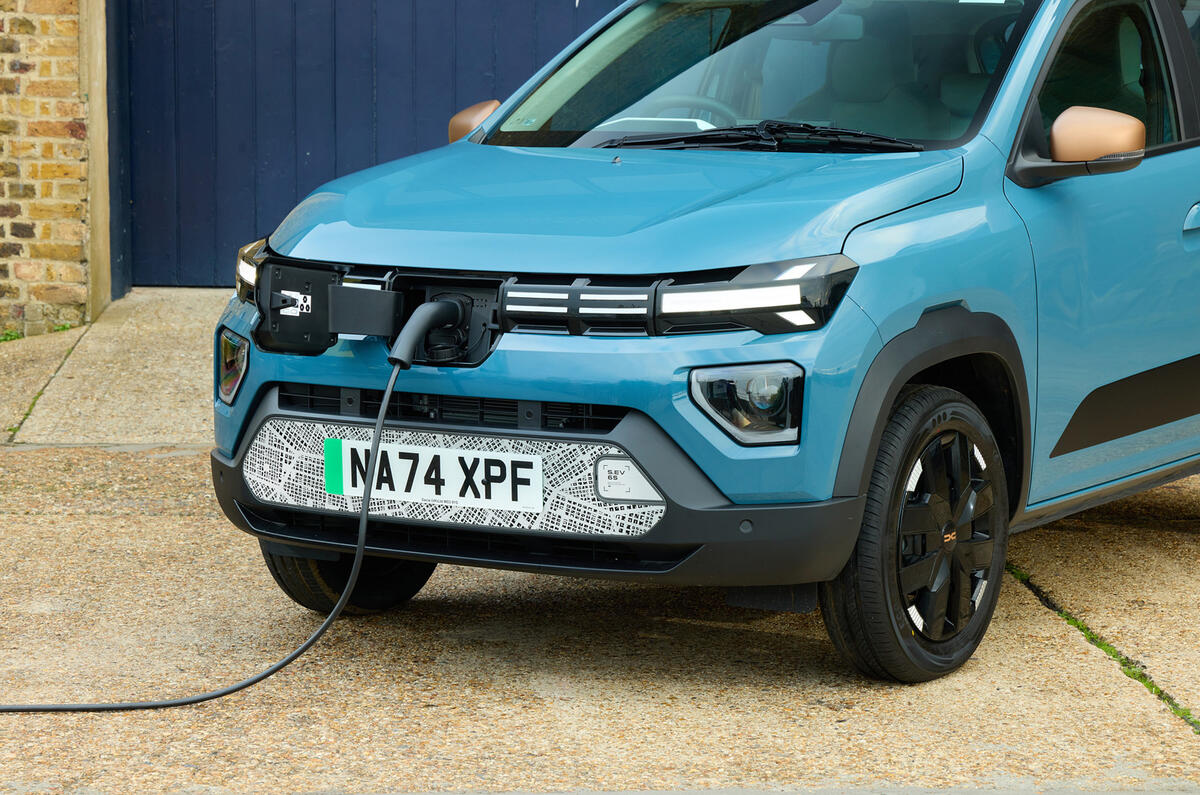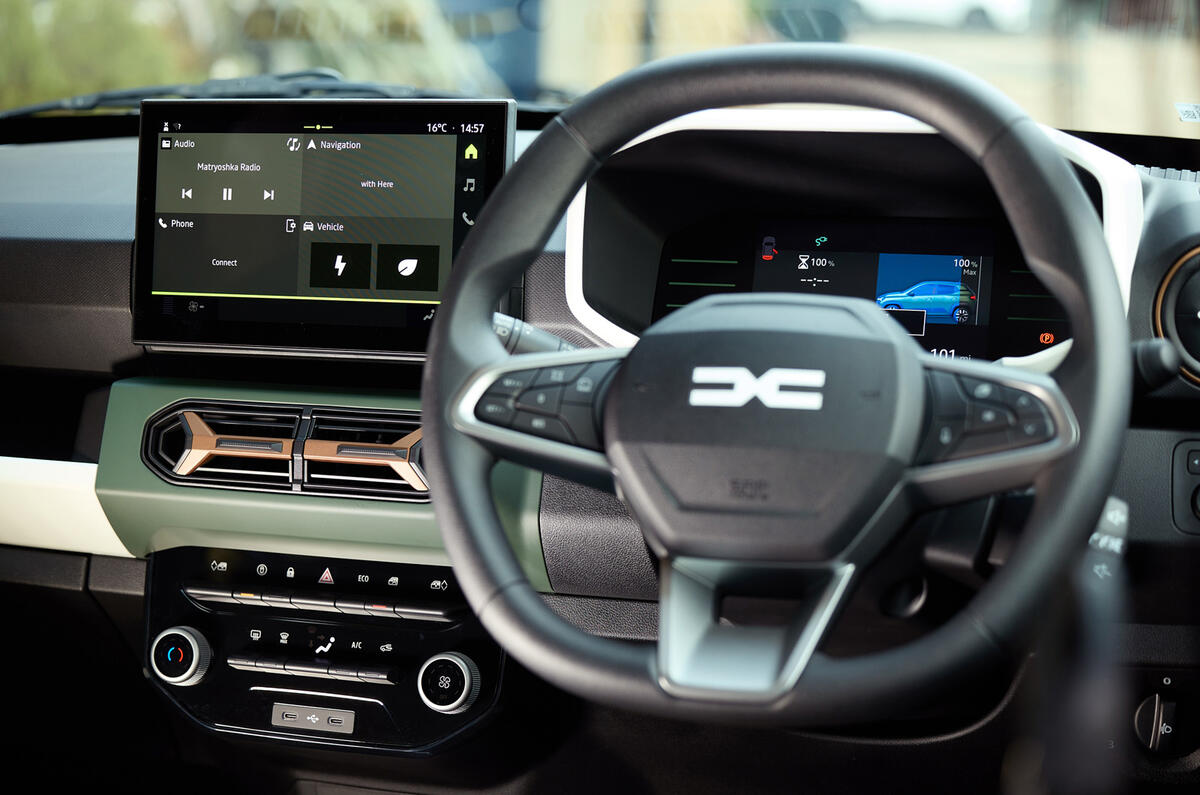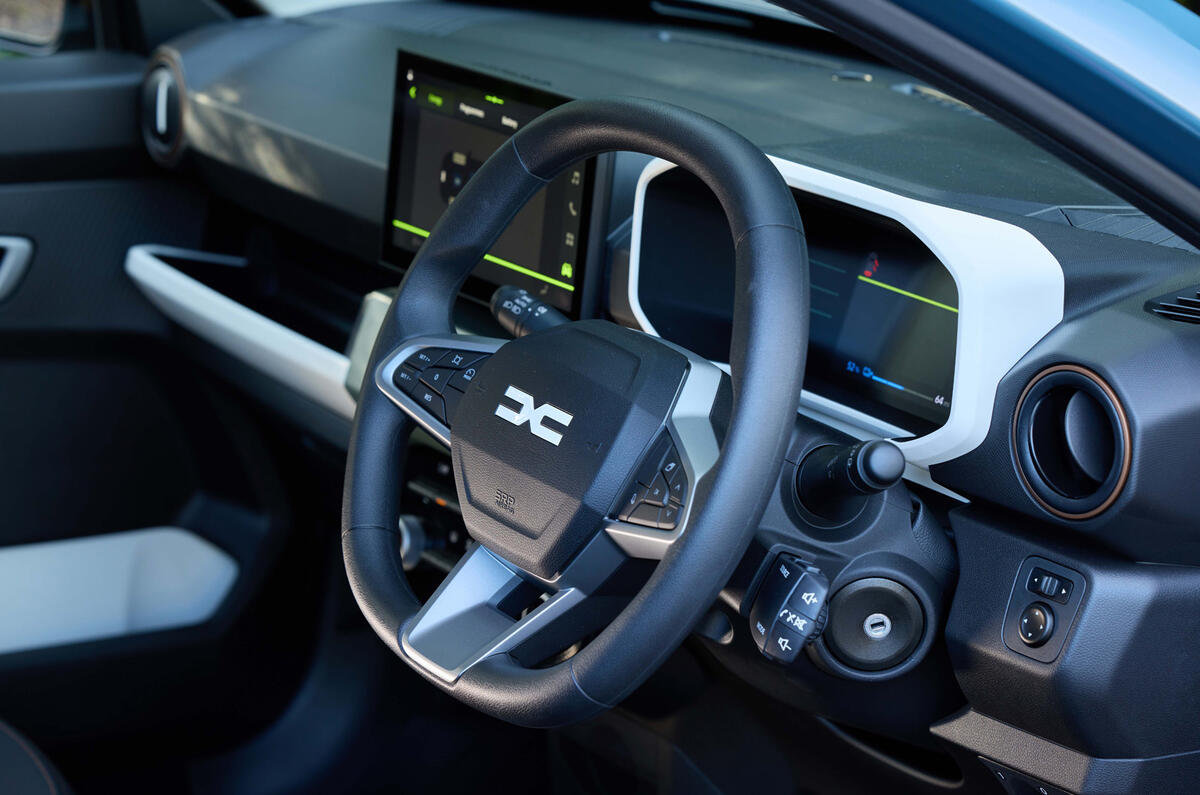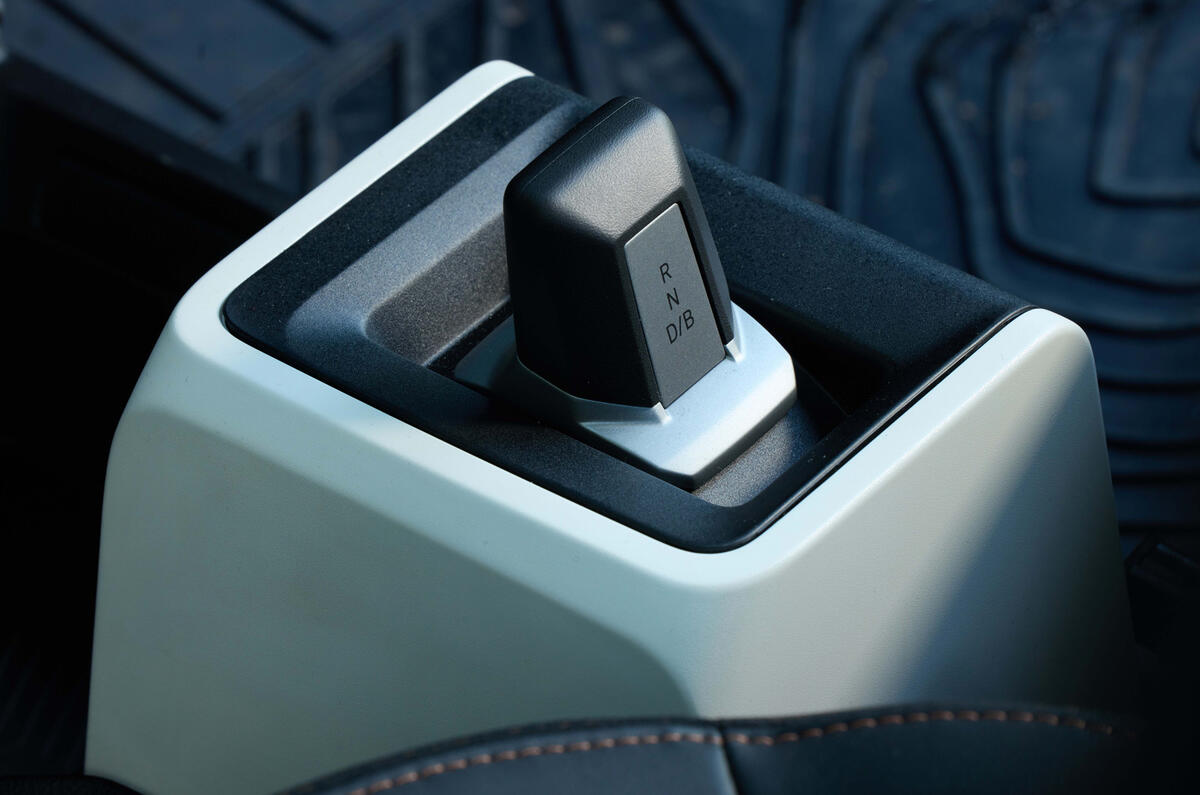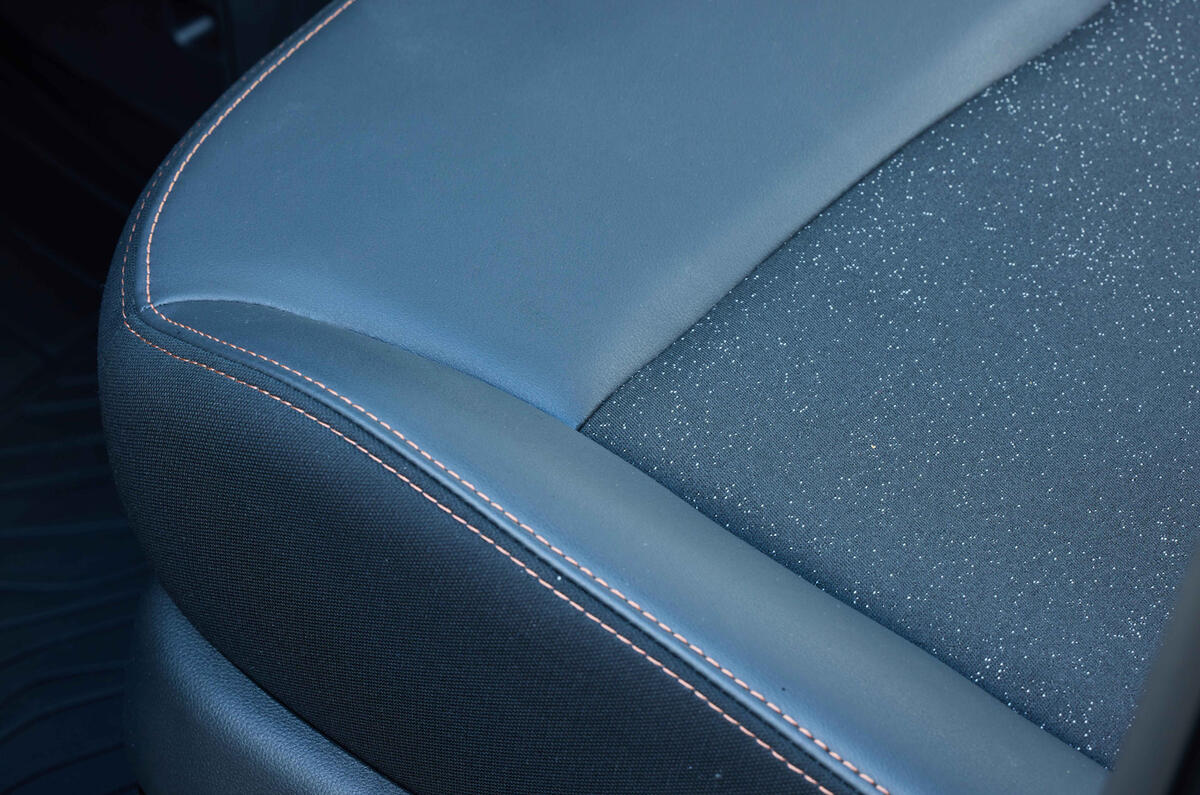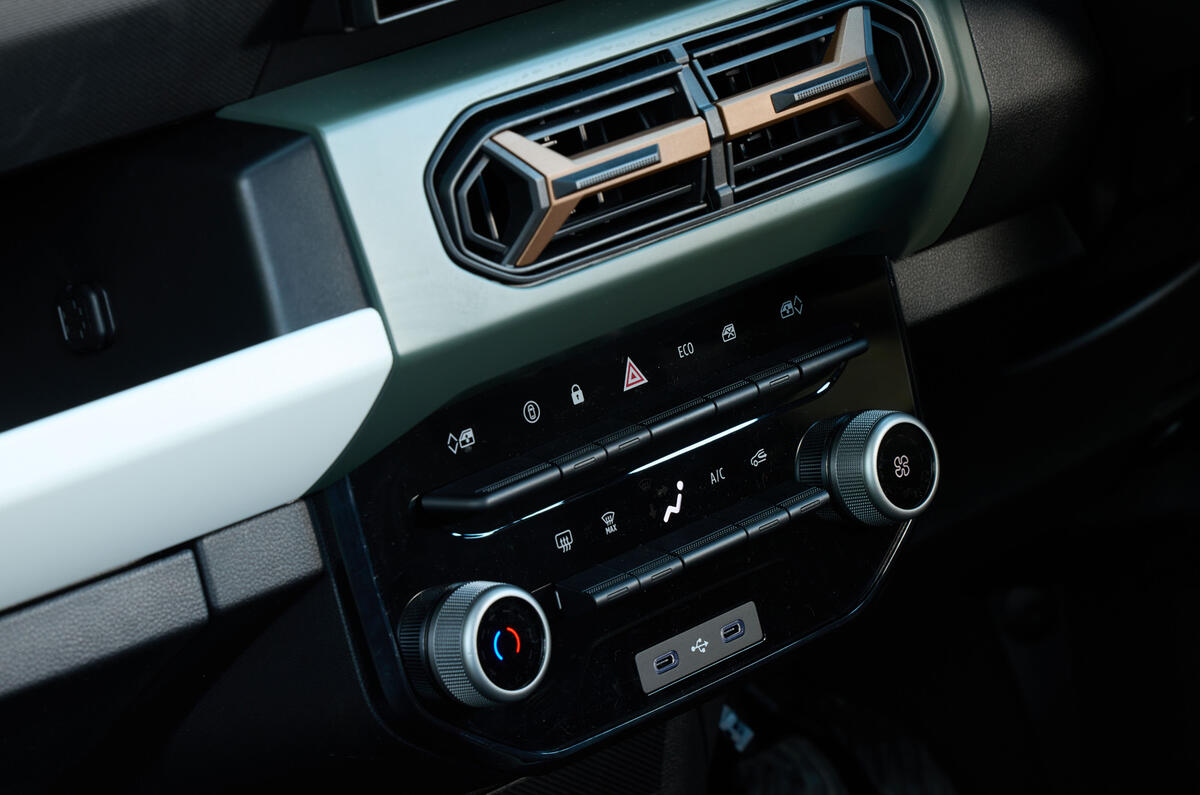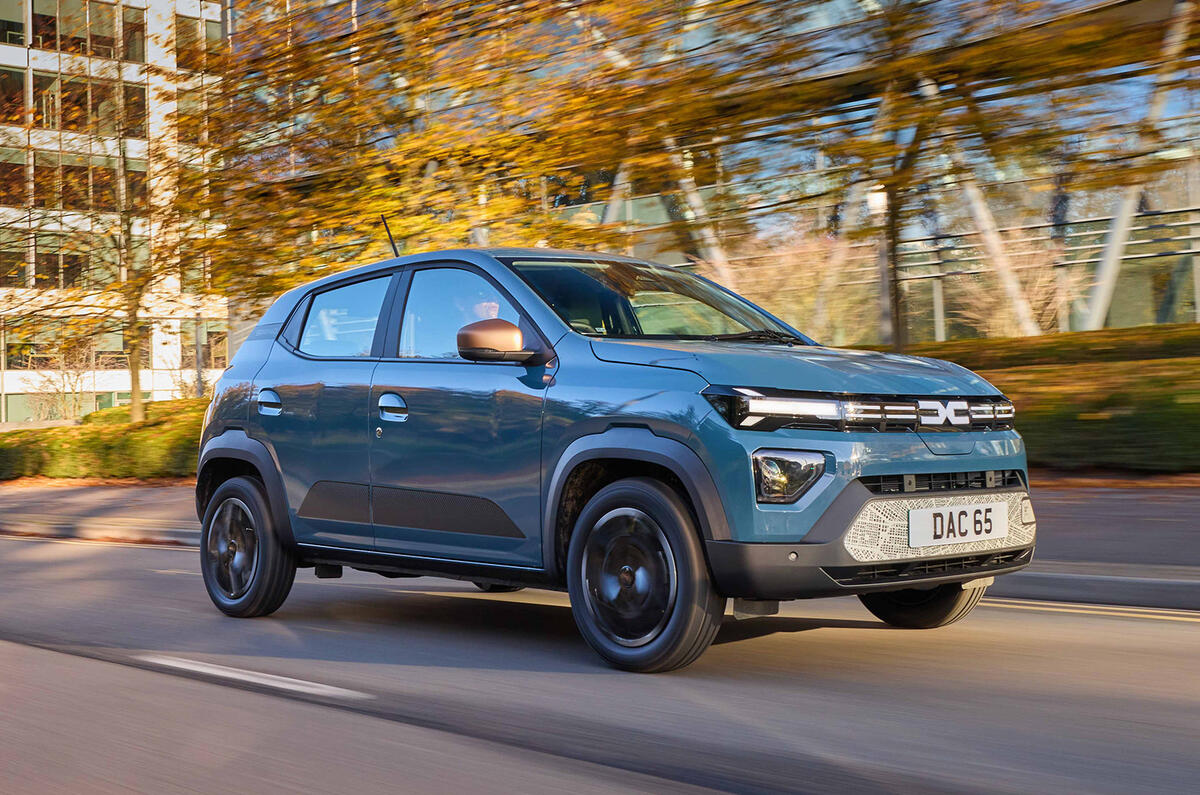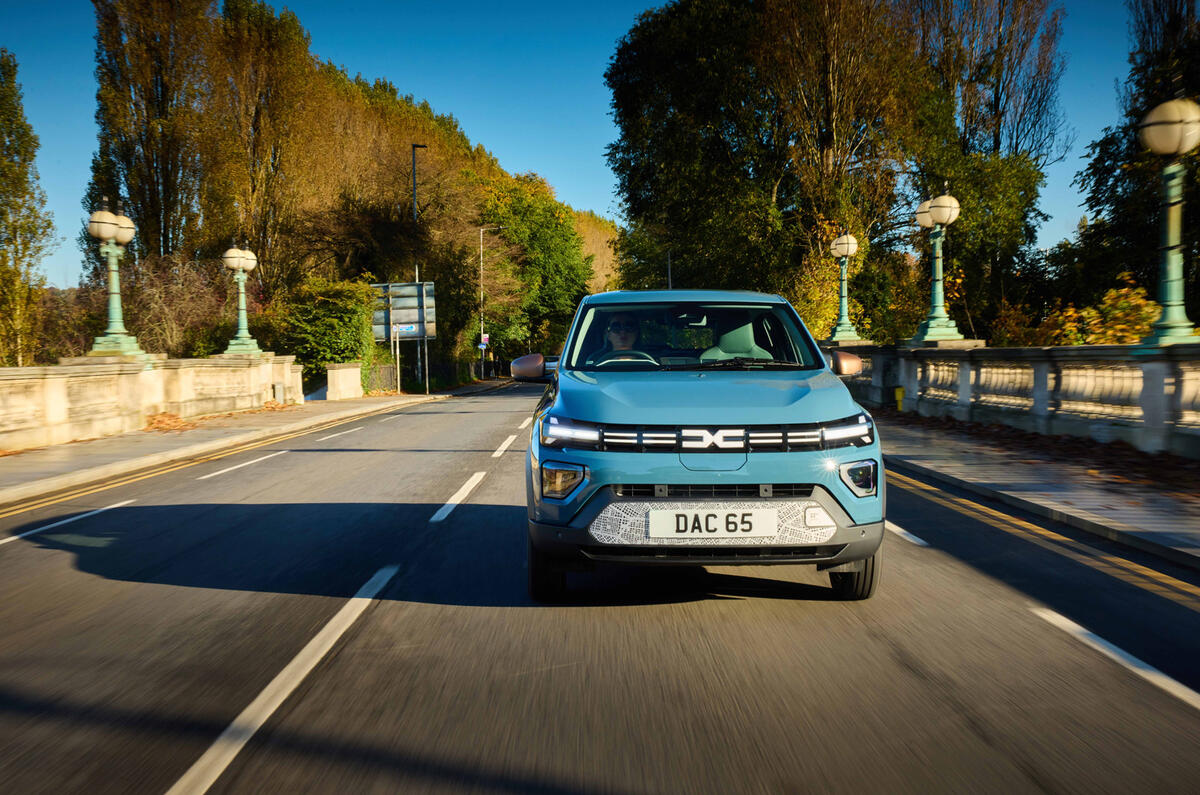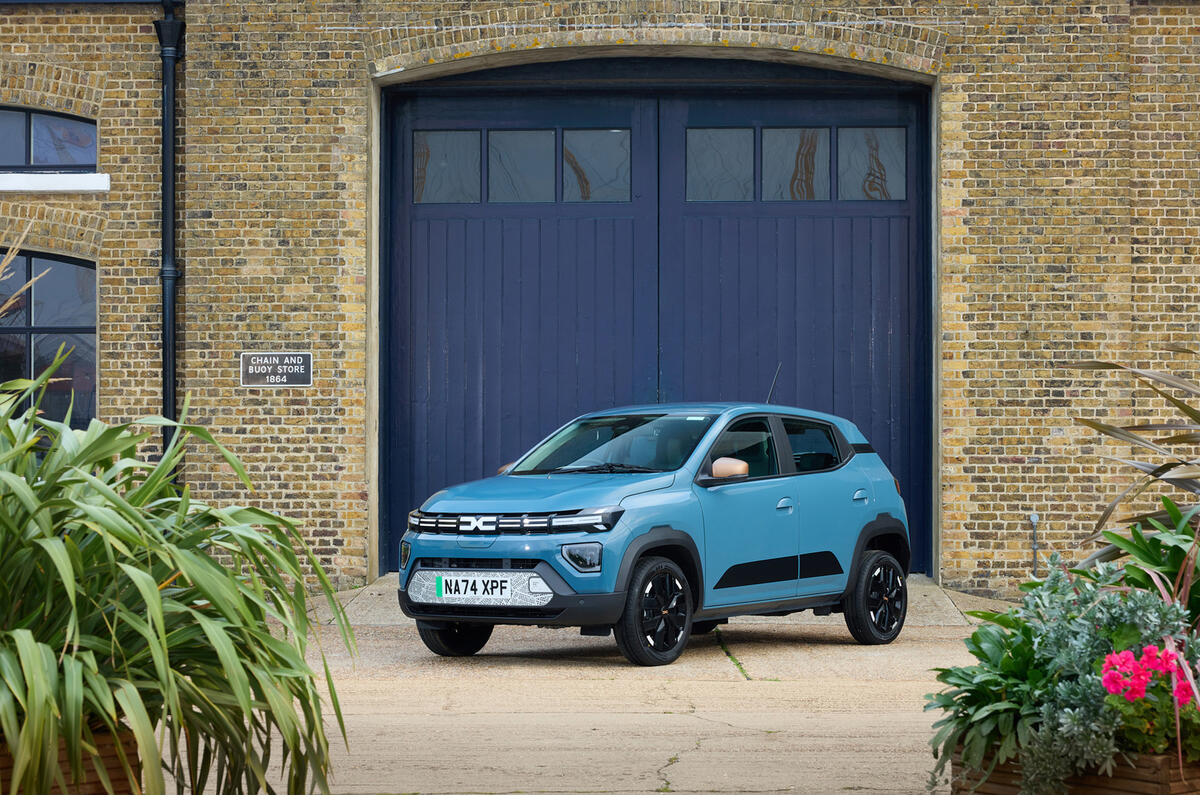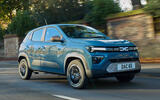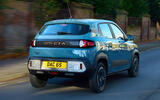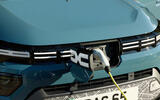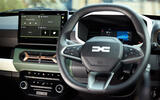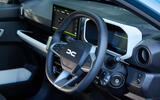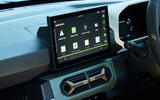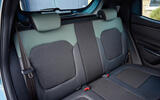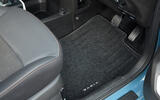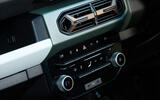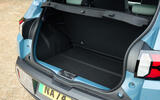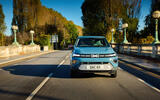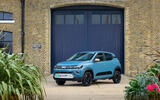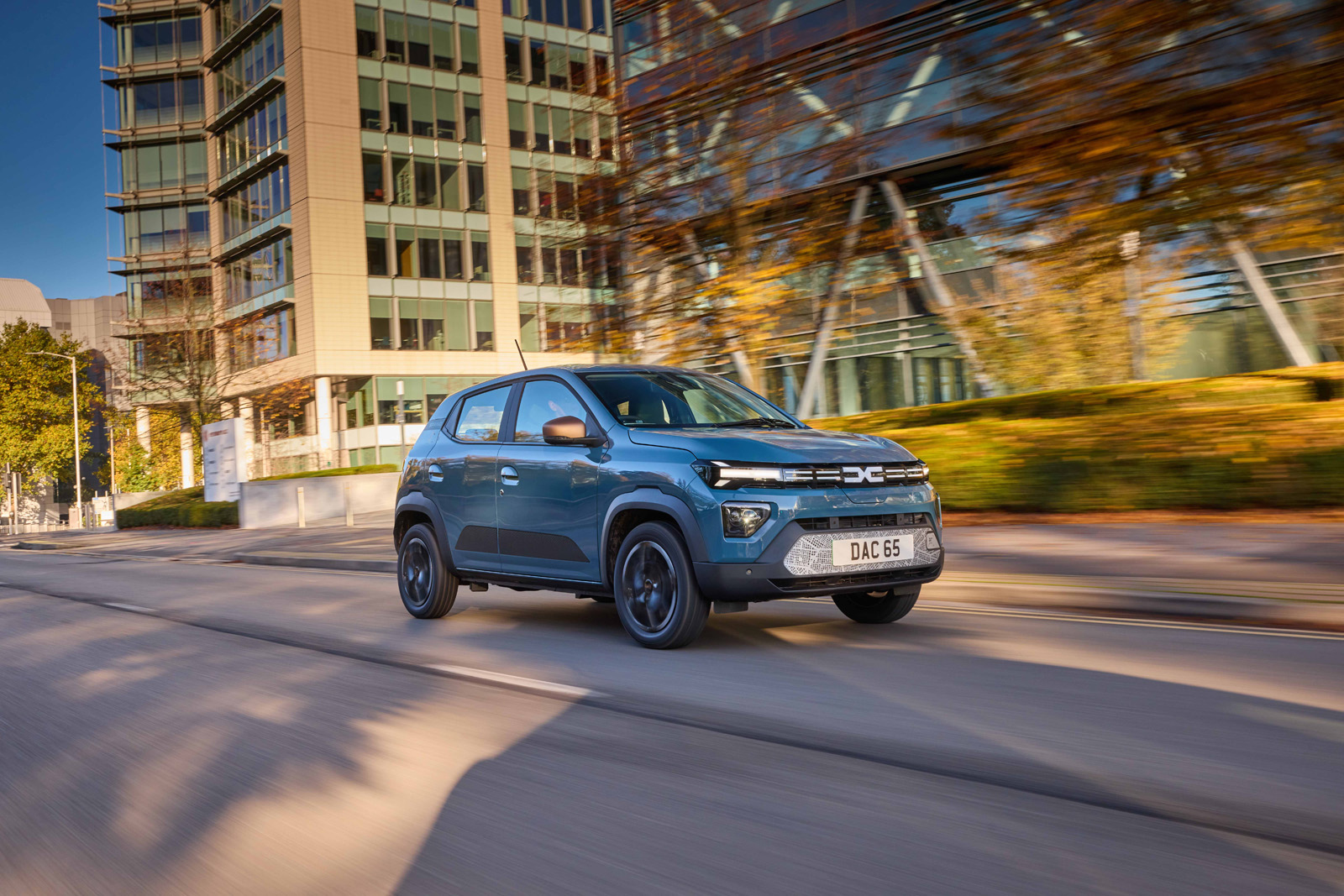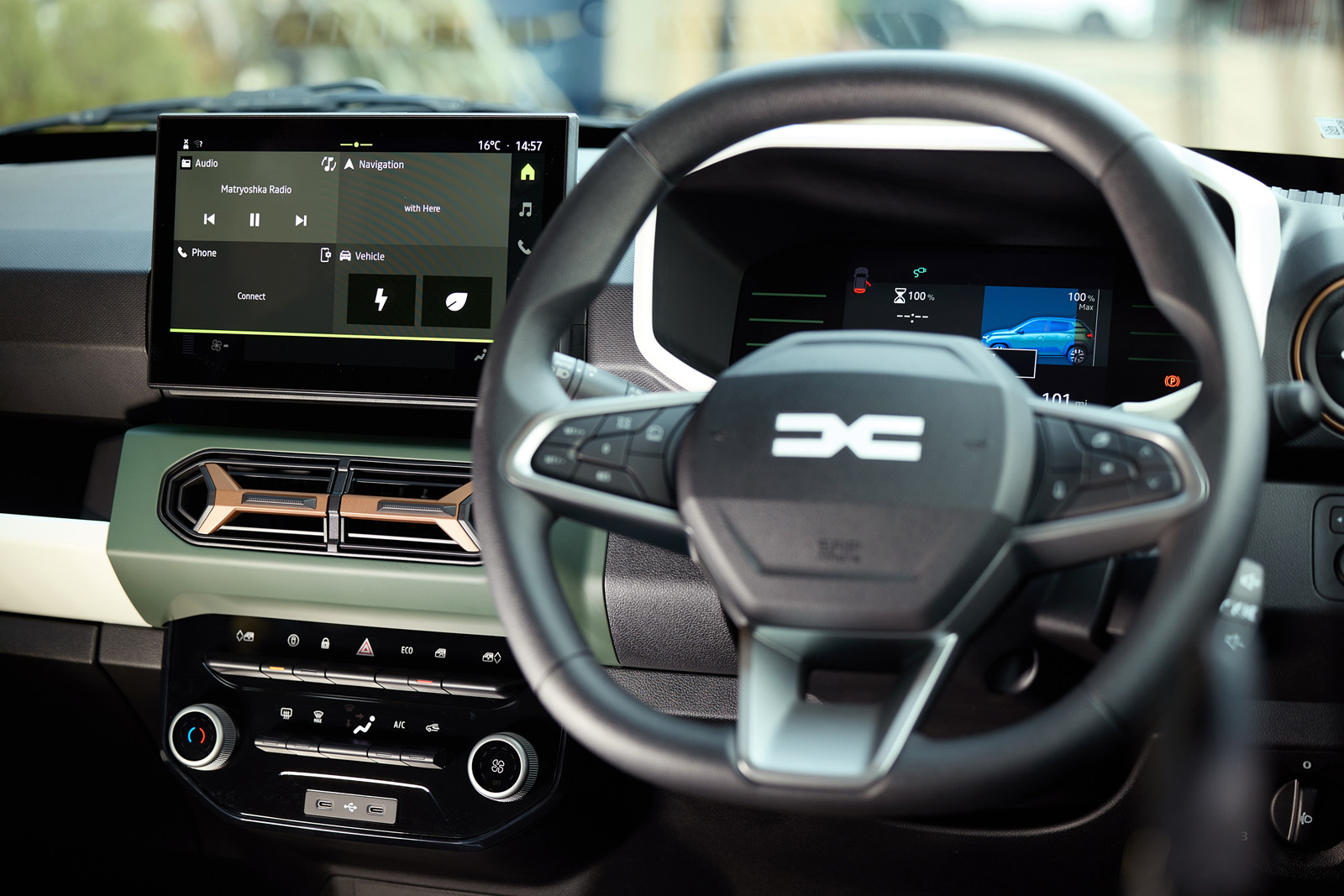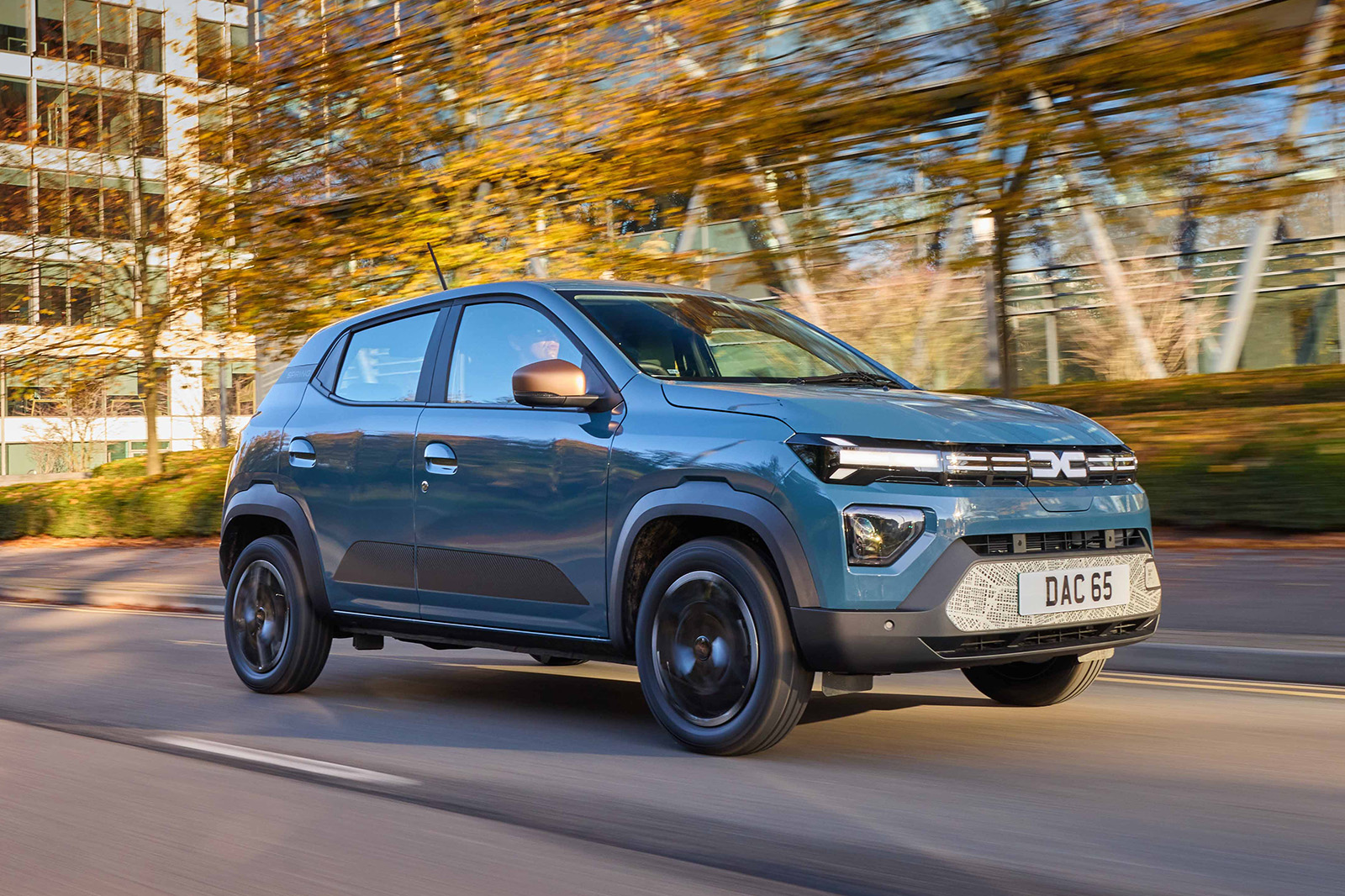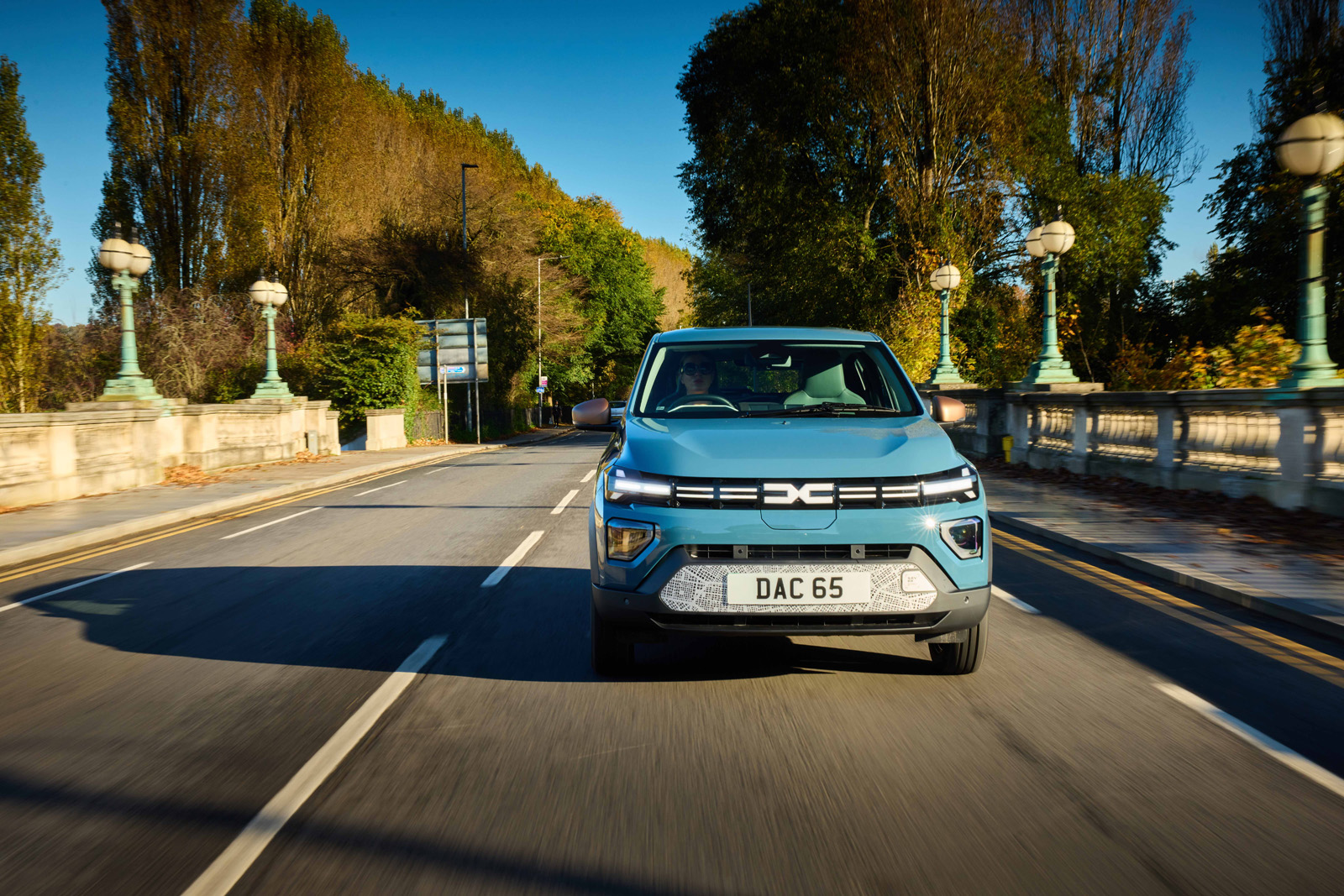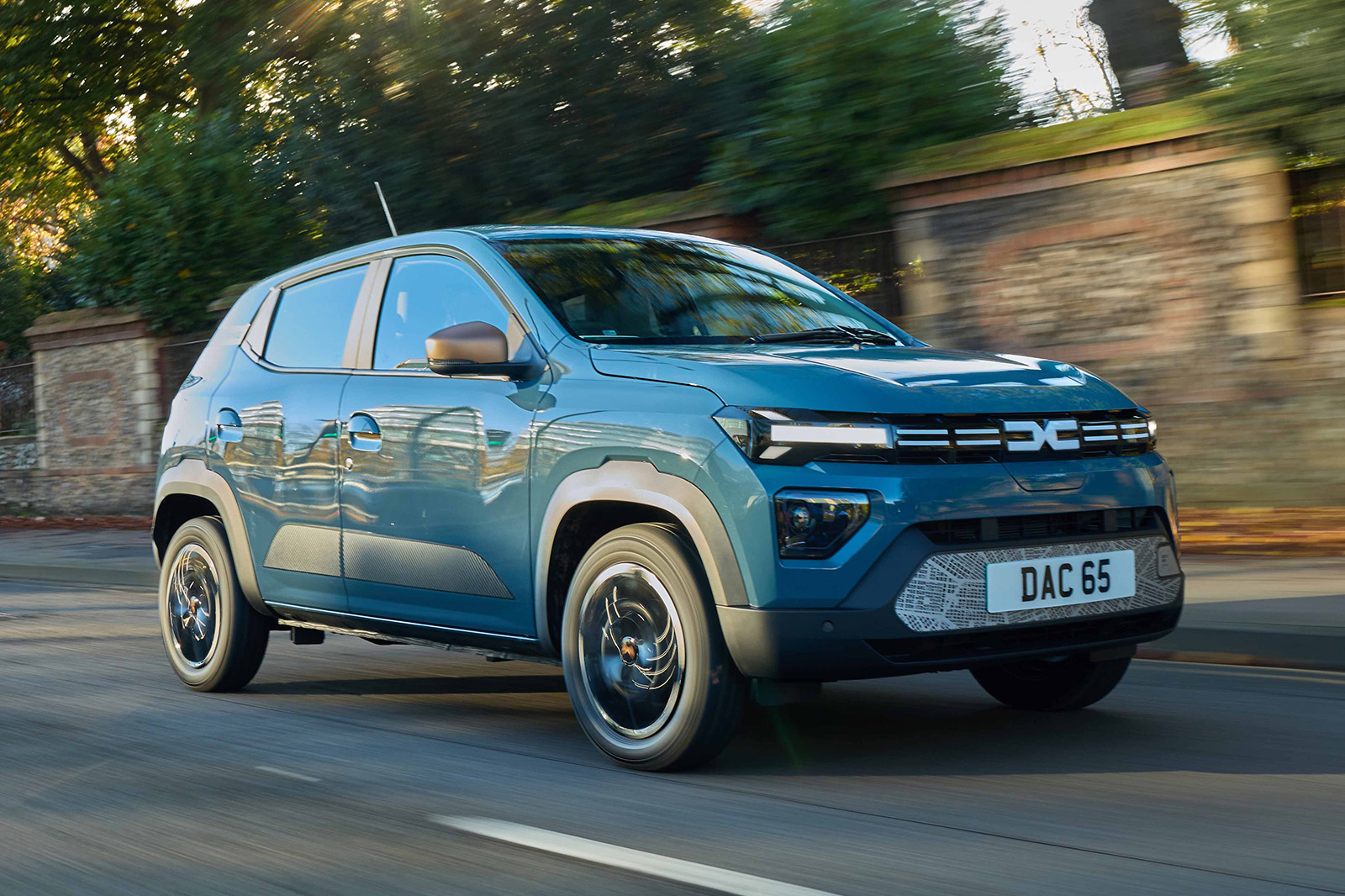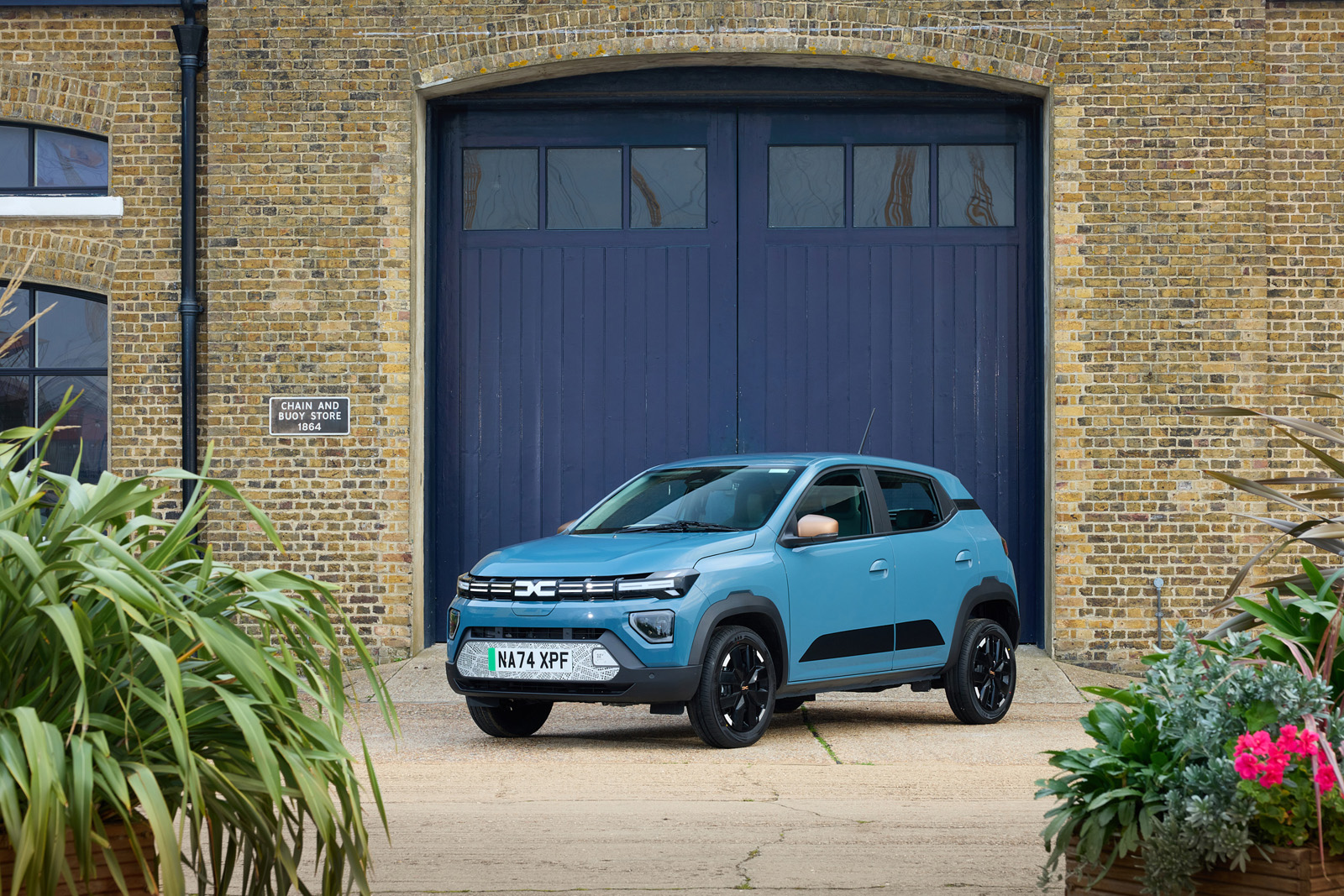Ignoring the Dacia Spring is impossible if you’re hunting for a small electric car.
Its headline-grabbing starting price of £14,995 makes it comfortably the cheapest electric car on sale in the UK today, undercutting the Citroën ë-C3 by £6995 and the Fiat 500e by £10,000.
The arrival of the Spring expands Dacia's value offering to six models, ahead of the launch of the much larger Bigster next year. With its supermini proportions, the Spring is by far the smallest of the lot.
Given that it’s punily powered (44bhp) at that headline price and that moving up the model hierarchy is unlikely to prove prohibitive for most cash customers, it’s surprising to learn that many are ordering this new city car in its most basic form: at less than 15 grand, please, with 44bhp, and no matter that it takes 19.1sec to reach 62mph.
Of more interest to most customers, though is the more powerful Dacia Spring 65, which has a whopping 64bhp motor, pulling its acceleration from a 1965 Hillman Minx-equalling level to that of a 1992 Renault Clio 1.2 (13.7sec) in one fell swoop.
Dacia Spring range at a glance
The Dacia Spring is nice and simple. There are just two models to choose from - 45 and 65 - and two specification levels: Expression and Extreme.
The 26.8kWh battery is officially good for 140 miles between charges. Before you scoff, it’s a really usable range for city drivers. Dacia says most drivers average 23 miles a day at an average speed of 23mph, and it claims drivers could expect up to 180 miles per charge in those circumstances.



